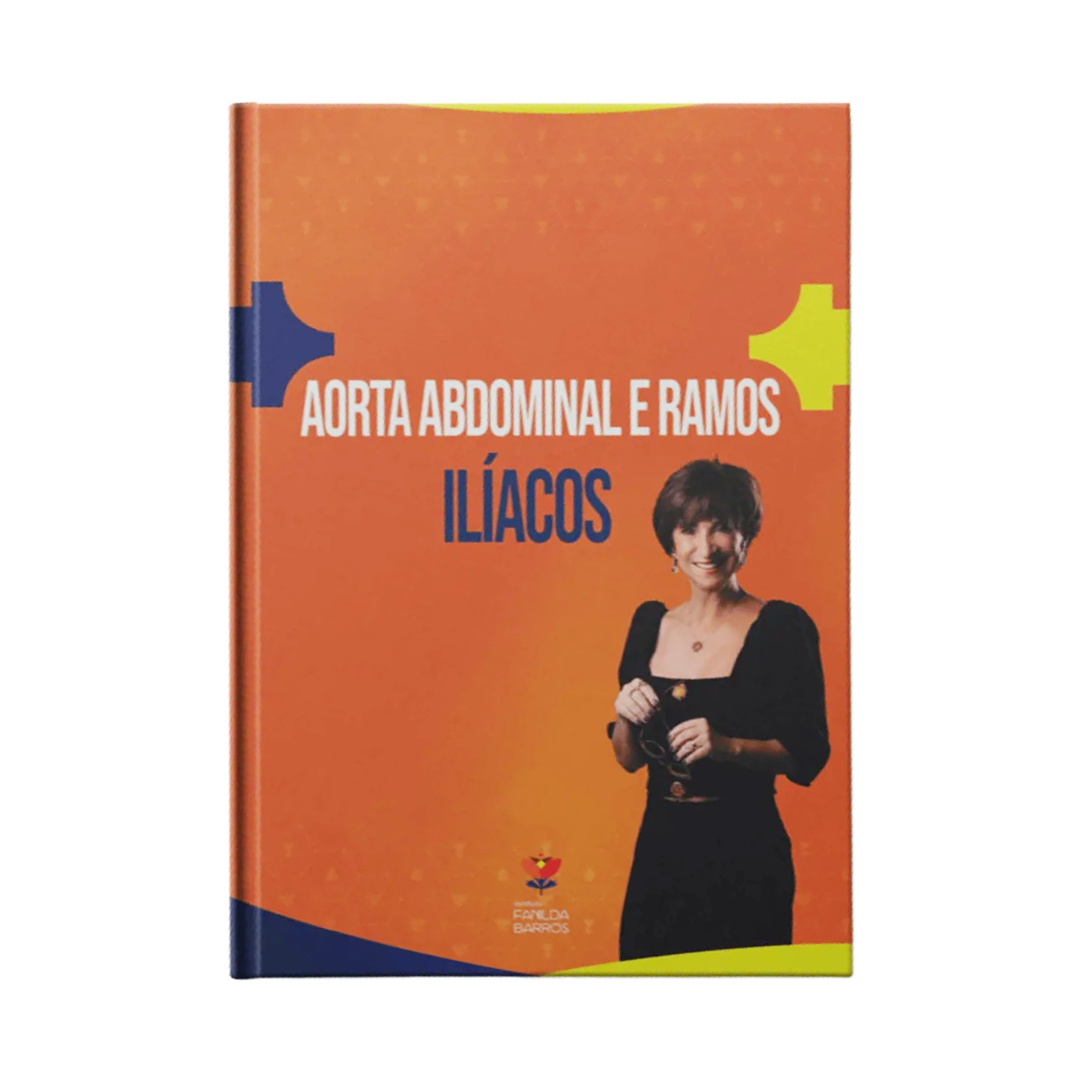Purpose: Treatment of chronic venous valvular insufficiency requires understanding of
the hemodynamics of perforating veins. To preserve normal veins or veins that can func-
tion normally once primary sources of valvular insufficiency are removed, a better
understanding of the diameter-reflux relationship is desirable. We measured reflux and
diameters in 500 perforating veins of patients with varicose veins (C2EPASPPR).
Methods: Color flow duplex ultrasonography scanning was performed with the patient
standing. Perforating veins were mapped medially in the thigh and medially, laterally,
and posteriorly in the calf. Reflux was defined as reverse flow that lasted longer than 0.5
seconds. Diameters were measured on B-mode transverse projections at the crossing of
the fascia. Competent versus incompetent vein diameters were compared by means of
Student t test, one-way analysis of variance, and Bonferroni t test.
Results: Diameters of competent and incompetent perforators averaged 2.5 ± 0.9 mm (n
= 17) and 4.7 ± 1.9 mm (n = 17) at the medial thigh (P < .0002), 2.2 ± 0.8 mm (n =
179) and 3.7 ± 1.0 mm (n = 210) at the medial calf (P < .0001), 2.2 ± 0.6 mm (n = 13)
and 3.5 ± 0.8 mm (n = 37) at the posterior calf (P < .0001), and 2.1 ± 0.8 mm (n = 9)
and 3.3 ± 0.7 mm (n = 18) at the lateral calf (P < .003), respectively. Perforating vein
diameters of 3.5 mm or larger in the calf and thigh were associated with reflux in more
than 90% of the cases.
Conclusion: An enlargement in the diameter of the perforating veins of 1 to 1.5 mm in
the calf or 2 mm in the thigh of patients with varicose veins could be the difference
between normal flow and reflux. Further studies are needed to confirm if elimination of
reflux in patients with primary varicosity will transform incompetent perforators to
competent ones. (J Vasc Surg 1999;30:867-75.)









